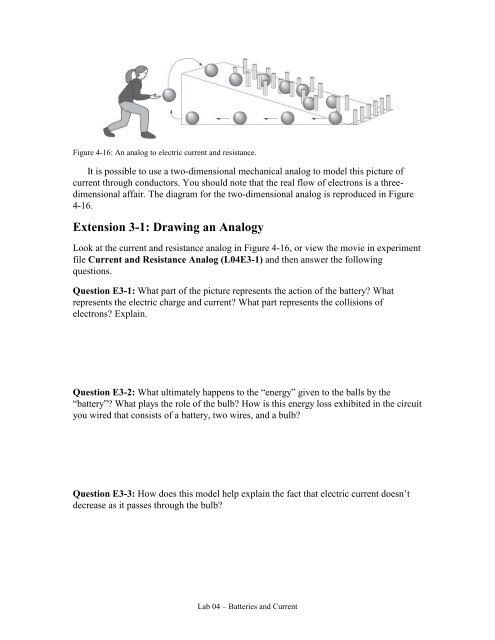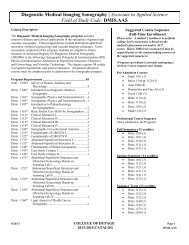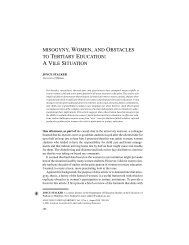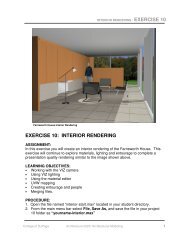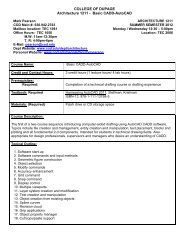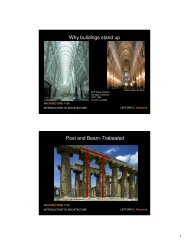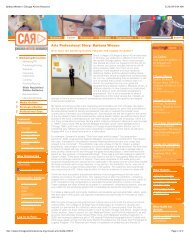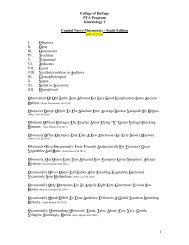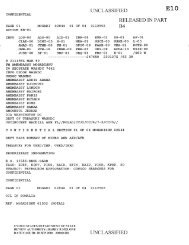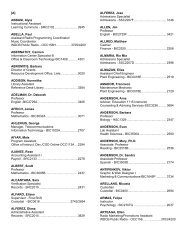pre-lab preparation sheet for lab 4—batteries, bulbs, and current
pre-lab preparation sheet for lab 4—batteries, bulbs, and current
pre-lab preparation sheet for lab 4—batteries, bulbs, and current
Create successful ePaper yourself
Turn your PDF publications into a flip-book with our unique Google optimized e-Paper software.
Figure 4-16: An analog to electric <strong>current</strong> <strong>and</strong> resistance.<br />
It is possible to use a two-dimensional mechanical analog to model this picture of<br />
<strong>current</strong> through conductors. You should note that the real flow of electrons is a threedimensional<br />
affair. The diagram <strong>for</strong> the two-dimensional analog is reproduced in Figure<br />
4-16.<br />
Extension 3-1: Drawing an Analogy<br />
Look at the <strong>current</strong> <strong>and</strong> resistance analog in Figure 4-16, or view the movie in experiment<br />
file Current <strong>and</strong> Resistance Analog (L04E3-1) <strong>and</strong> then answer the following<br />
questions.<br />
Question E3-1: What part of the picture re<strong>pre</strong>sents the action of the battery? What<br />
re<strong>pre</strong>sents the electric charge <strong>and</strong> <strong>current</strong>? What part re<strong>pre</strong>sents the collisions of<br />
electrons? Explain.<br />
Question E3-2: What ultimately happens to the ―energy‖ given to the balls by the<br />
―battery‖? What plays the role of the bulb? How is this energy loss exhibited in the circuit<br />
you wired that consists of a battery, two wires, <strong>and</strong> a bulb?<br />
Question E3-3: How does this model help explain the fact that electric <strong>current</strong> doesn’t<br />
decrease as it passes through the bulb?<br />
Lab 04 – Batteries <strong>and</strong> Current


